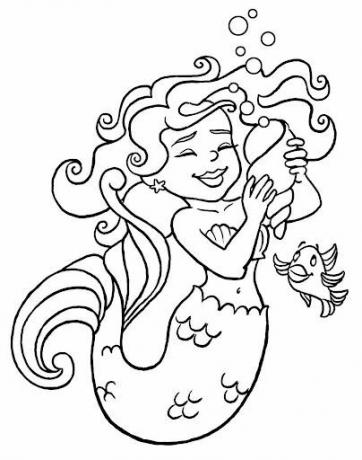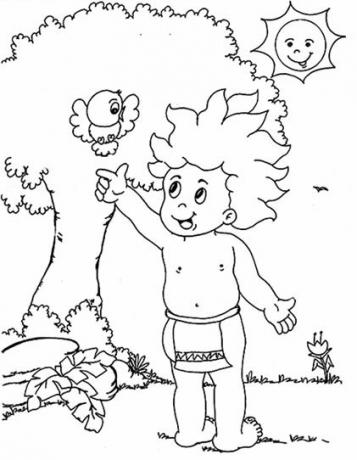O folkloreinvolves manifestations of popular culture that define the identity of a people.
By reproducing traditions and customs passed down from generation to generation, folklore manifests itself individually and collectively. By involving the elements that manifest popular culture, it roots the tradition of this people.
see more
Violence is responsible for the interruption of classes in 669 schools…
Lesson Plan – Do I need it? Desires vs. needs
Thus, folkloric manifestations basically occur through legends, games, games, folk festivals, myths, handicrafts, songs, tales, dances, among others.
Because it is an integral part of the culture of a people, it is considered Intangible Cultural Heritage by the United Nations Educational, Scientific and Cultural Organization (UNESCO).
We realized, then, the importance of maintaining the necessary efforts for the preservation of the different manifestations that integrate folklore.
The Escola Educação team, understanding the importance of studying this theme that is so important and necessary for the composition of Brazilian culture, prepared a
THEME: Folklore
YEAR: Maternal
DURATION: 2 classes of 50 minutes each
GOALS:
DIDACTIC RESOURCES:
DEVELOPMENT
Class 1
The first class will begin with the reproduction of the Music by Saci Pererê, available on the Turma do Folclore channel on YouTube.
At first, let the music play freely. Afterwards, play it again and ask the children to imitate the dance that Saci does in the video.
The second moment of the first class will consist of the reproduction of a second video, the Iara's music, available on the same YouTube channel.
Do the same moves and invite the children to dance with you.
The third moment of this class will focus on the reproduction of the video of Music by Curupira, also from Turma do Folklore.
Invite the children to reproduce the Curupira dance. Dances are important for you to pay attention to the motor coordination of the little ones.
It is important that you demonstrate animation at the moment of the dance, so that the children will feel free to express themselves in the way they wish.
Let each song play at least twice.
After that time, select pictures about folklore for the children to color. We have selected some examples for you:
Image 1 — yara

Image 2 — Saci Perere

Picture 3 — curupira

Class 2
The second class will focus on children's presentations.
To do this, divide the room into three groups. Then draw which group will get each song.
Allow about 20 minutes for each group to organize itself with your help. Ask the children to introduce themselves to the class.
Finally, ask them to draw a drawing of a folklore character.
See more at: